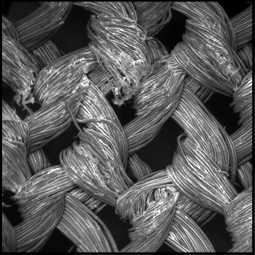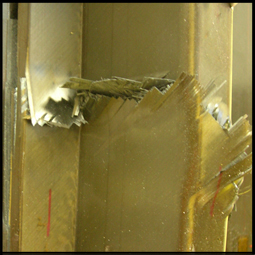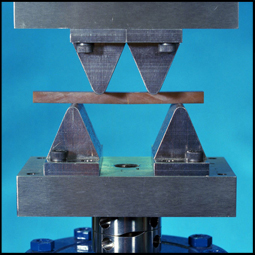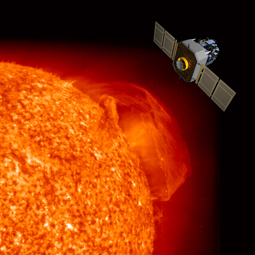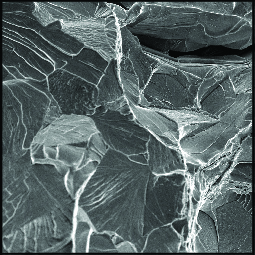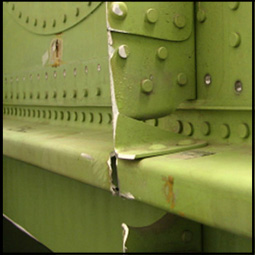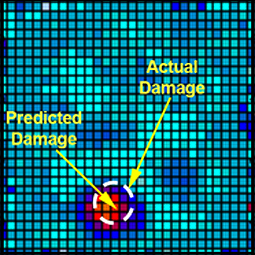The Space Radiation Group at NASA Langley Research Center is involved with a wide variety of problems involving protecting astronauts from the harmful effects of space radiation. The space radiation environment comprises energetic particles produced from three sources. 1) Solar particle events (SPE) consist primarily of protons emitted from the Sun during coronal mass ejections and solar flares. 2) Galactic cosmic rays (GCR) are protons and heavier nuclei emitted from supernovae within our Milky Way Galaxy and are accelerated to the vicinity of the Solar system and elsewhere. 3) Magnetically trapped particles such as protons and electrons are confined by the magnetic field of planets. Materials with low atomic number, such as liquid hydrogen, water and polyethylene, provide the best protection against most space radiations. A primary external radiation environment is present in free space. A secondary environment may be present due to the interaction of the primary environment with a planetary atmosphere or surface. The external environment is modified upon traversal of the radiation particles through the material contained in a spacecraft wall or habitat. It is important to be able to predict this subsequent internal radiation environment as it allows one to determine how the biological, electronic or material system will respond. If such response is not desired, one can introduce either shielding or response countermeasures in order to bring the system response to desired values. The essence of the space radiation problem is to have a biological, electronic or material system respond to the space radiation environment within acceptable limits.
A major effort at NASA Langley has been devoted to accurately predicting the internal radiation environments inside spacecraft and inside various organs in the human body. Accurate knowledge of this environment is essential to developing relevant countermeasures. Several sophisticated computer codes have been developed which make accurate predictions of radiation environments at many locations throughout the solar system for a wide variety of mission scenarios, including radiation environments inside aircraft. Also, current work is being expanded into various areas of radiobiology, with the aim of accurately predicting astronaut risk of injury and applying countermeasures.
Human missions to Mars and other locations in the solar system require mission durations measured in years. Exposure to space radiations severely limits such activities. An overall systems approach to the space radiation problem, involving shielding, countermeasures, operational procedures, etc. will likely be the method of choice rather than a single solution. Successful resolution of the space radiation problem will enable long duration human missions to Mars and beyond. http://spaceradiation.larc.nasa.gov/srgHome.html
These challenges are:
- Physics and measurements
- “Risk Assessment”
- Radiation environments
- Design and Analysis Tools
- Design and planning support
- Systems Biology
- “Out of the box” solutions
If you would like more information on these topics, go to the link below, which is NASA’s technical report server: http://data.nasa.gov/nasa-technical-reports-server/

